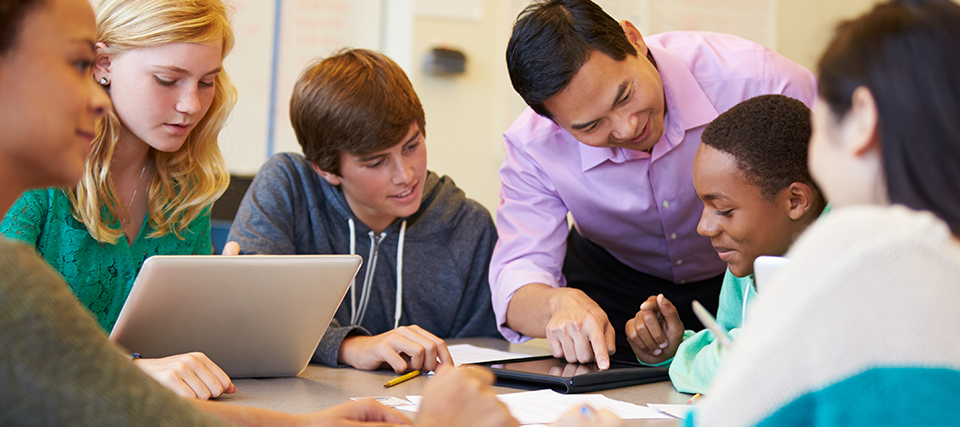Skip to Main Content

HTTP/1.0 302 Found
Cache-Control: no-cache, private
Content-Type: text/html; charset=utf-8
Date: Tue, 23 Dec 2025 15:07:52 GMT
Location: /node/1261
Redirecting to /node/1261
Redirecting to /node/1261.
